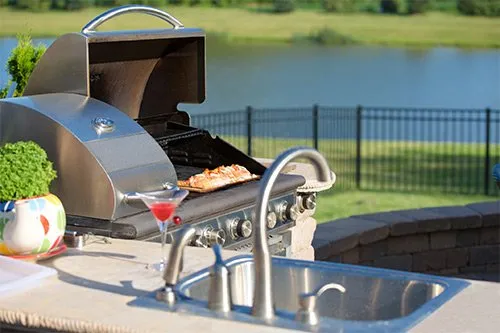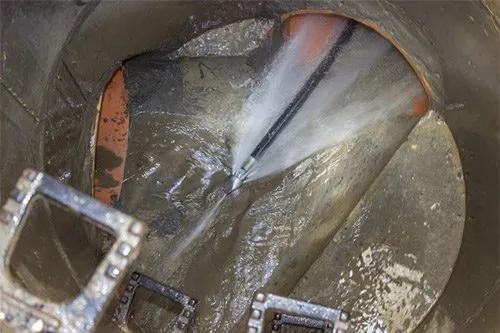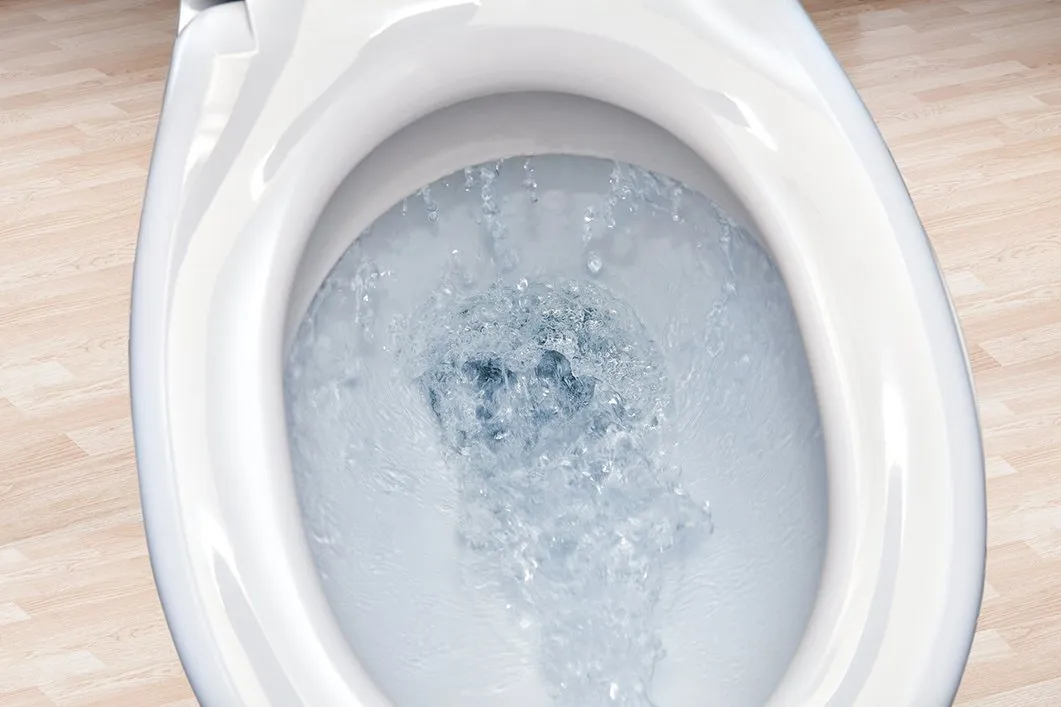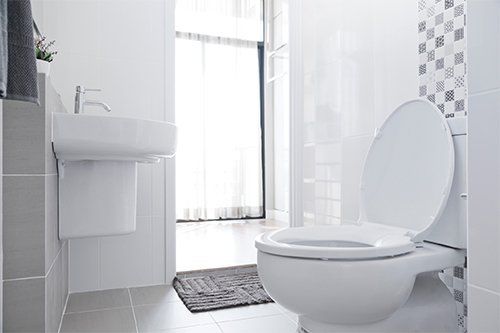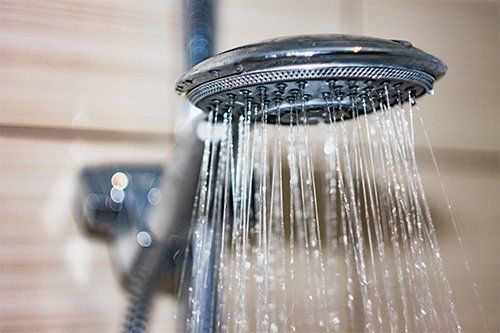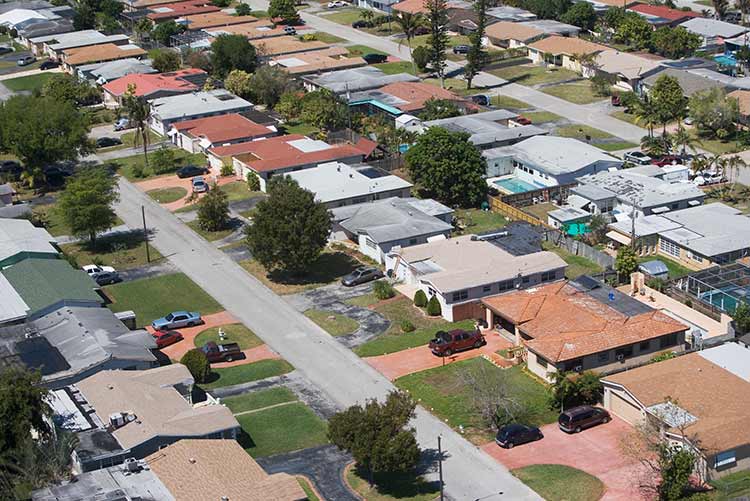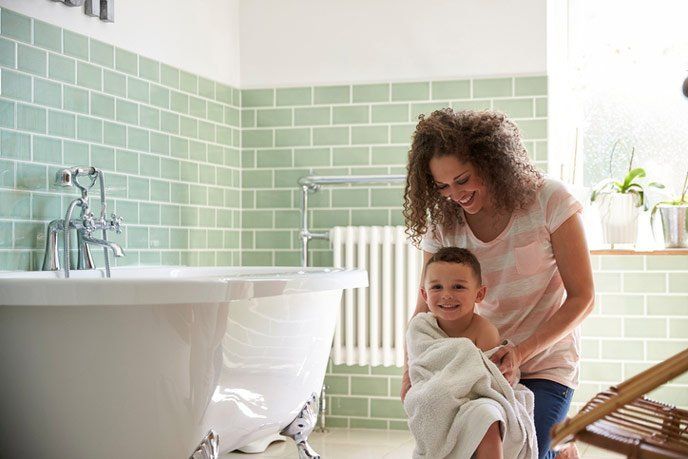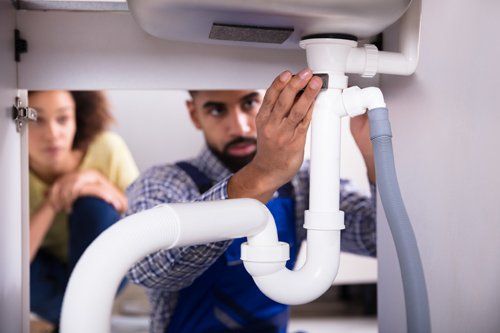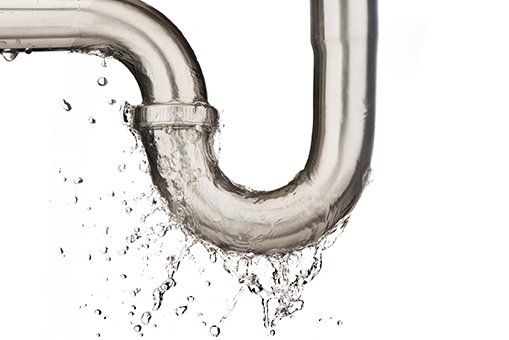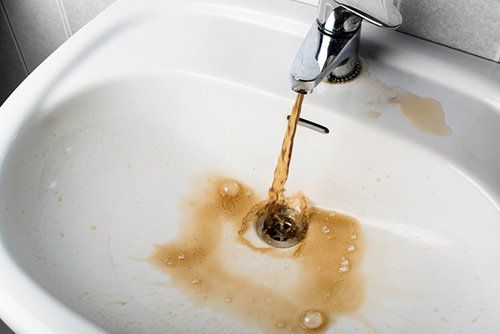
Brown stains that remain on your plumbing components after the water from the faucets have dried are composed of various mineral and metal deposits. These contaminants are delivered into your home through your water supply lines.
The deposits may originate in the local water supply itself or may leach into the water from deteriorating supply pipes. The cure for removing the contaminants will, therefore, differ according to the source of the problem.
How Can You Determine the Source(s) of the Contamination?
You must first discover the source of the problem before seeking a cure. This means that your water supply source must be tested and your plumbing evaluated in order to determine the necessary course of action.
Your Water Supply
The water that enters your home may be contaminated by mineral deposits before it reaches the supply lines. This is equally true whether a local municipality or a personal well supplies the water.
Your water should be tested by a professional evaluation service to determine its mineral content if it is sourced from a private well. Water delivered by a local government agency will test the water at their facility, with results available to customers upon request.
Your Plumbing Supply Pipes
Contamination of your water supply through pipe deterioration is usually found only in older galvanized steel pipe. Although the galvanizing process adds a rust-inhibiting coating to the surfaces of the pipe, the inner surface faces a constant exposure to pressurized water.
This exposure wears away the coating and begins to corrode the inner surface of the pipe. Corrosion begins to build along the inner surface of the pipes, narrowing the pipes' internal diameter.
This creates additional pressure inside the pipes, which causes the accumulated corrosion to break away and enter the water supply.
How Can Mineral Deposits Be Removed From Your Local Water Supply?
Minerals such as magnesium and calcium are collected as your water supply source flows underground. This natural process becomes a problem in areas with rich deposits of these materials.
Accumulations of calcium and magnesium will interfere with the internal machinations of plumbing components and produce staining and scale on the exterior surfaces of sinks, showers, and toilets.
The primary method of removing these troublesome minerals is through the installation of a water softening system.
Water Softening Systems
These systems remove these minerals through the process of replacing calcium and magnesium ions with sodium ions through ion exchange. This is accomplished through bonding positively charged calcium and magnesium ions to negatively charged resin beads as the water enters a storage tank designed for this purpose.
The tank then floods with salt water, which contains positively charged sodium ions. The overabundance of sodium ions overwhelms the normally superior positive charge of the calcium and magnesium ions, releasing and replacing them on the resin beads.
The calcium and magnesium ions are then flushed out of the system, and the saltwater tank replenished.
How Can Contamination by Deteriorating Steel Pipes Be Corrected?
Replacement of older steel pipes is the only remedy for contamination of your water supply through corrosion. You can usually accomplish this through the installation of supply pipes composed of other materials that are more resistant to corrosion. Alternatives include copper, CPVC, and PEX pipe.
Copper
Copper pipe is the most expensive option, but also the most durable. It can last for decades before requiring replacement and is resistant to corrosion. Copper can survive house fires and physical trauma, unlike some less expensive options.
CPVC
CPVC (Chlorinated Polyvinyl Chloride) is a rigid plastic pipe. Immune to corrosion, it is much less costly and labor intensive than copper. Unlike copper, it is vulnerable to fire and physical trauma.
PEX
PEX pipe is a reinforced flexible type of plastic pipe. It shares many of the advantages of CPVC pipe, with an even greater ease of installation. It also shares the vulnerabilities of CPVC pipe.
If you live in the Coral Springs, Florida area, and you're tired of stained shower walls and toilets, contact Moody Plumbing, Inc. We'll do whatever it takes to get your water to the pristine condition that you need and deserve.


